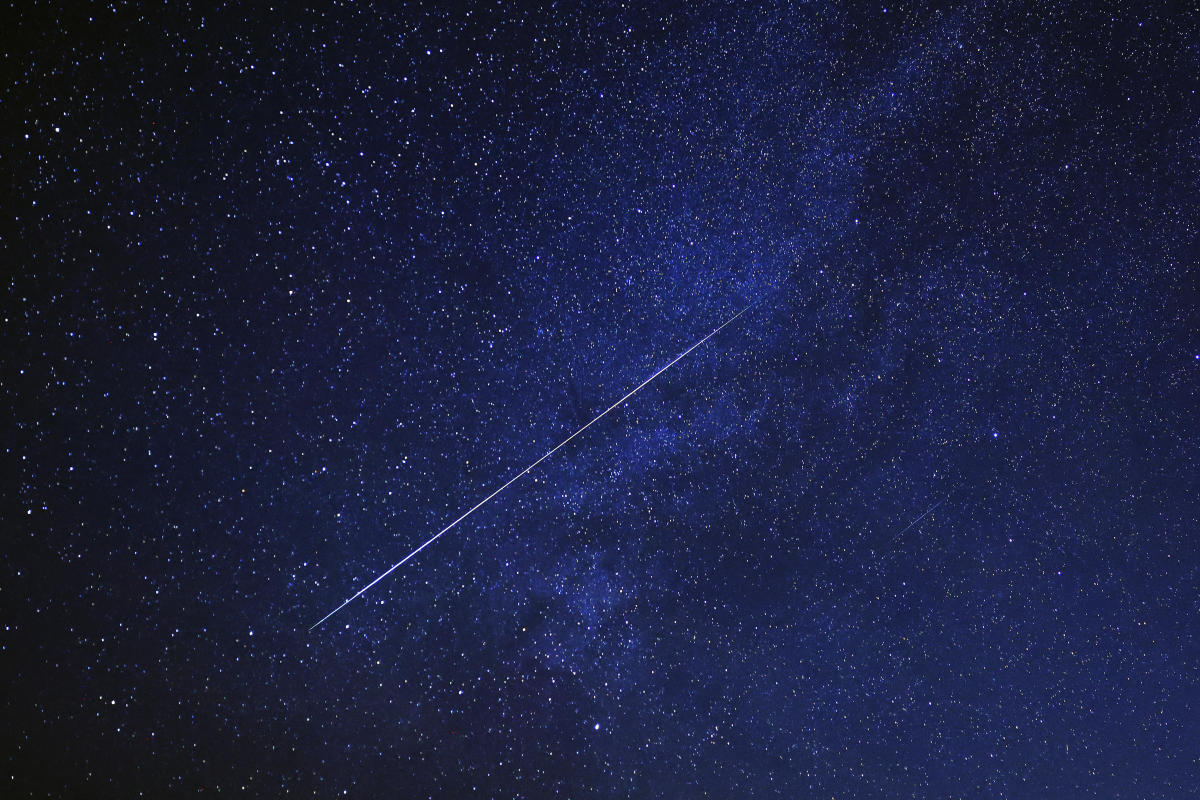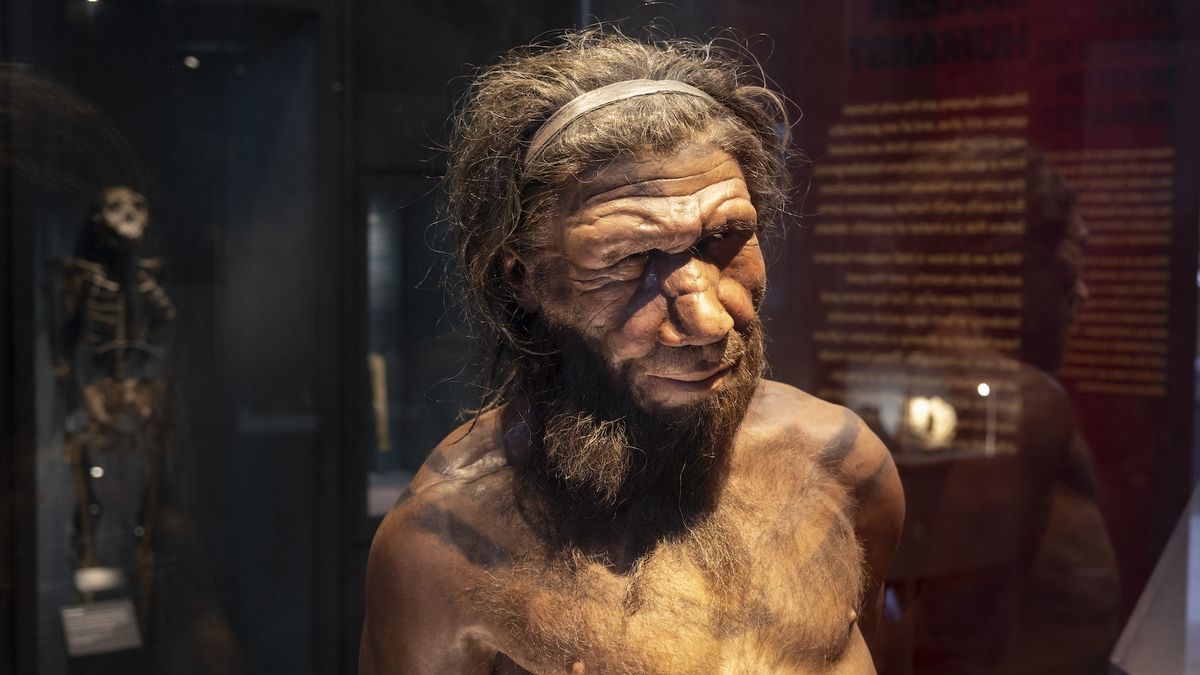The Ursids meteor shower is set to peak Thursday night into Friday morning, according to the American Meteor Society.
The cosmic show, which will be the last meteor shower to peak in 2023, radiates from the constellation Ursa Minor, also known as the Little Dipper, according to NASA. The space agency has described the Ursids as “a meteor shower for diehards only, especially with chilly winter temperatures for observers in much of the Northern Hemisphere!!”
Here’s what you should know about the Ursids meteor shower, including its causes:
When and where can you see the Ursids meteor shower?
The Ursids are visible across the night sky. Meteor showers are best viewed at night and in the pre-dawn hours.
NASA advises viewing meteor showers in areas that are well away from city and street lights. Astronomy fans should lie flat on their backs with their feet facing south and look up. It takes about 30 minutes for your eyes to adjust to the dark so that you can see the meteors.
Viewers should make sure to bundle up and keep warm while watching for the Ursids.
What is a meteor shower?
Meteors are space rocks that enter Earth’s atmosphere, according to NASA. They heat up as they fall toward Earth and appear as shooting stars. The streaks of light we see come from glowing, hot air as meteors speed through Earth’s atmosphere.
While meteors streak through the sky every night, there are several meteor showers each year. During meteor showers, many meteors hit Earth’s atmosphere in a short period of time. Most of the meteors burn up in space. The few that survive the trip through Earth’s atmosphere and reach the ground are considered meteorites. NASA said astronomy fans should not expect to find meteorites after a meteor shower.
Most meteors appear to be colorless or white, Bill Cooke, head of the Meteoroid Environment Office at NASA’s Marshall Space Flight Center in Huntsville, Alabama, said in a NASA blog post.
The next meteor shower, the Quadrantids, is set to peak in early January. The Quadrantids are active from Dec. 26, 2023, to Jan. 16, 2024. After the Ursids and the Quadrantids, another meteor shower won’t happen for months.
Supreme Court set to decide number of cases impacting 2024 presidential election
Chicago faces influx of migrants as Texas Gov. Greg Abbott sends asylum seekers north

Dr. Sarah Adams is a scientist and science communicator who makes complex topics accessible to all. Her articles explore breakthroughs in various scientific disciplines, from space exploration to cutting-edge research.








